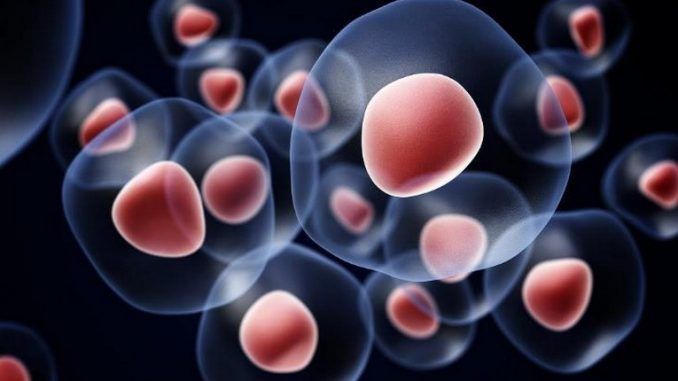What an umbilical cord bank is? What it looks like?
The stem cells contained in cord blood, are endowed with enormous potential. To confirm this, there are numerous studies that see them being used in the treatment of various illnesses. The usefulness of these cells in the therapeutic field is also recognized by a decree of the Italian Ministry of Health (November 18, 2008)1 that lists more than 80 diseases that can be treated with umbilical cord stem cells.
Cord blood, after being collected, is stored in biobanks, also known as cord banks. Let’s look specifically at what they are.
A biobank is a facility used to store stem cell samples contained in the umbilical cord blood taken from the newborn at the time of delivery. These samples can be stored for years, through cryopreservation, and used at any time if needed.
Biobanks must follow strict rules to ensure quality standards for sample storage, and adhere to scrupulous procedures to ensure that such samples can be suitable for transplantation.
The collected cord blood stem cell sample, after arriving at the biobank, undergoes a series of steps necessary to ensure its proper preservation. First of all, the receiving laboratory receives it and the staff in charge registers the bag in which it is contained in the biobank database, using the barcode and reporting:
- the name of the donor;
- the date of arrival;
- the sample volume.
Next, the sample goes to the hematology laboratory, where it is analyzed for blood quality testing. Preliminary examinations are carried out that aim to detect any infectious diseases (such as hepatitis B or C), the blood type of the newborn, and the counting, using a microscope, of cells with nuclei, including stem. Cord blood undergoes further passage inside a sterile room and is subjected to other quality tests.
Once the testing process is finished, the cord blood is all’inserito in a bag used for cryopreservation. Inside, there is a cryoprotective substance, necessary to protect cells from freezing. Cryopreservation is achieved by using nitrogen gas inside special biocontainers until a temperature of -196° C is reached.
Scientific evidence has shown that the storage time of an umbilical cord blood stem cell sample, can exceed 24 years, without altering the proliferation and differentiation capabilities of the stem cells 2 .
